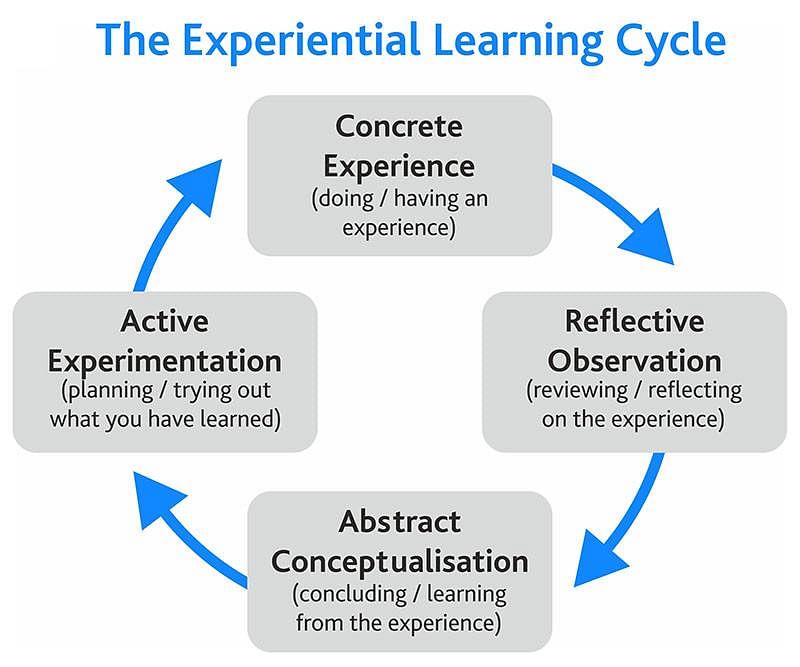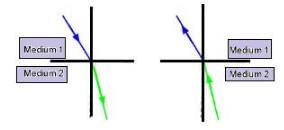HSSC TGT Science Mock Test - 2 - HSSC PGT/TGT MCQ
30 Questions MCQ Test - HSSC TGT Science Mock Test - 2
Which one of the following suggestions is effective in controlling air pollution?
Bhopal Singh Khadri is the Chairman of the Haryana Staff Selection Commission. What is means by 'Khadri'?
Devi Shankar Prabhakar is associated with which of the following field?
The configuration of the valence orbital of an element with atomic number 22 is
Electron transport chain (ETC) is a set of ______ electron carriers present in a specific sequence along ______ mitochondrial membrane.
If there are n cells of emf E1, E2, …En and of internal resistances r1, r2 …rn , connected in parallel, the combination is equivalent to a cell of emf Eeq such that
How many points are there in the TCA cycle where NAD+ is reduced?
Which of the following cellular metabolic processes can occur both in the presence or absence of O2?
In Young’s double slit experiment, one slit is covered. The observed effect will be
If a salt bridge is removed between the half cells, the voltage
The compound which does not exist as hydrate form:
(A), (B) and (C) are elements in the third short period. Oxide of (A) is ionic, that of (B). is amphoteric and of (C) a giant molecule. (A), (B) and (C) have atomic number in the order ;
A hormone secreted by the posterior lobe of the pituitary is concerned with
Match the column I with column II and mark the appropriate choice.

Carbohydrates, the most abundant biomolecules on Earth, are produced by
During which stage of the cell cycle does microsporogenesis occur in plants?






















